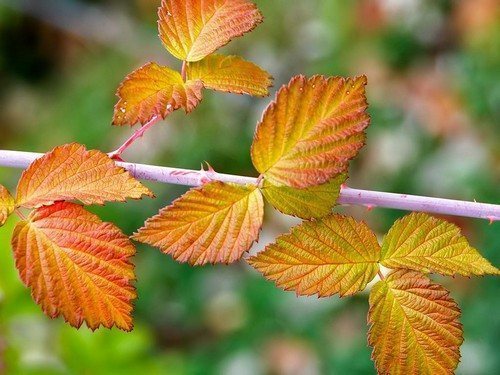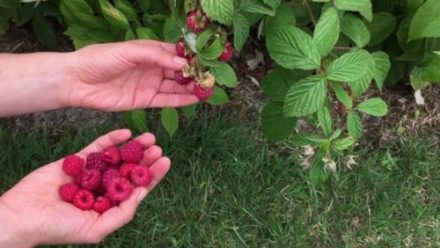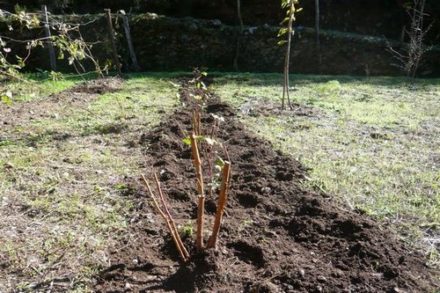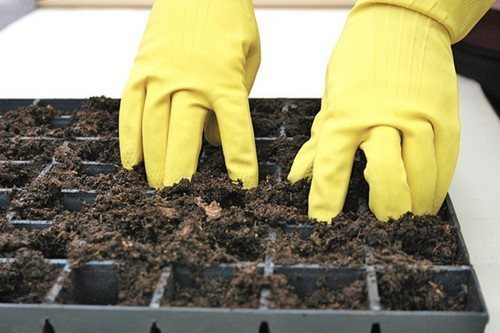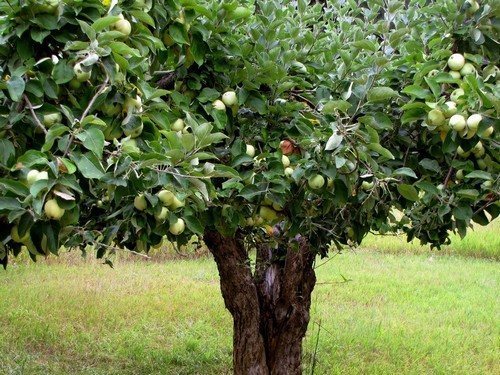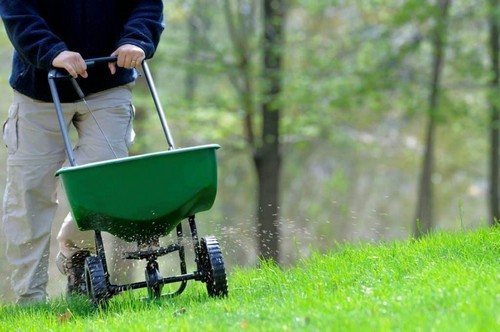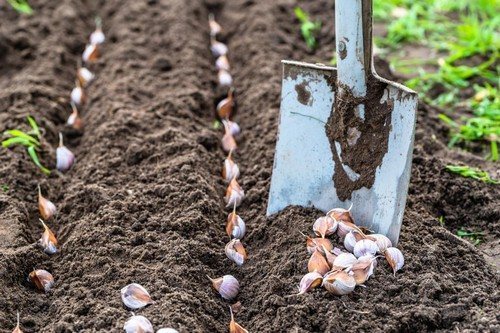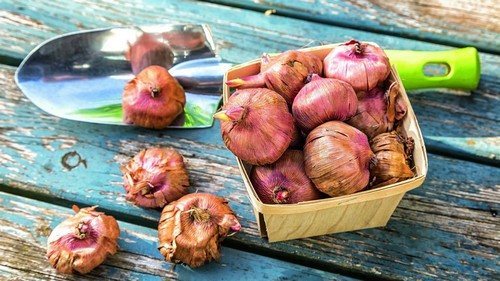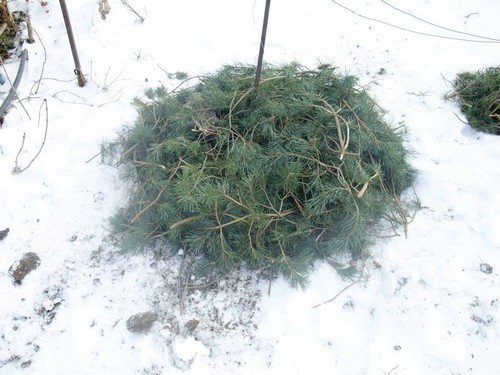Raspberries are a crop that is resistant to various vagaries of weather, but still, without human intervention, it will not be able to produce a bountiful harvest or survive in extreme conditions. Autumn care consists of fertilizing, pruning, watering, mulching, shelter for the winter and protection from pests and diseases.
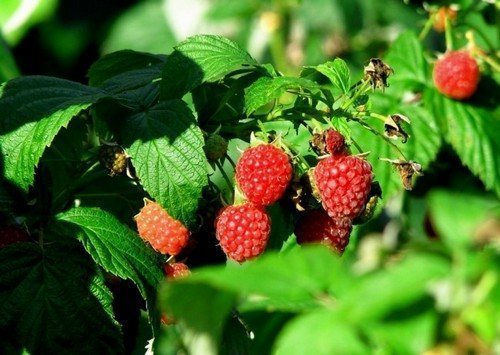
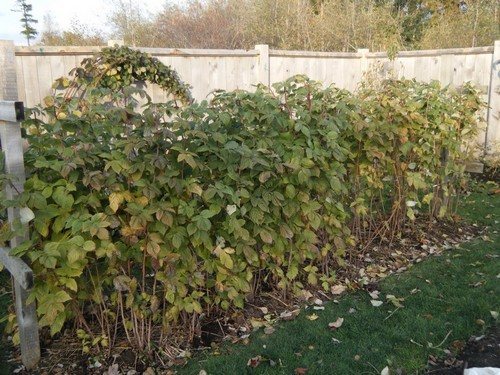
Top dressing
It is very important not to overdo it in this matter. If the bushes were planted in the spring and were well fed, then applying fertilizer in the fall can provoke active growth, which is completely inappropriate at the moment.
Typically, potassium sulfate is used for feeding. At 1 m2 you need to give 1 teaspoon of fertilizer. It must be dissolved in water.
To increase winter hardiness and strengthen the immune system, you can use zinc sulfate and magnesium sulfate at the rate of 3 g and 5 g per 1 m2.
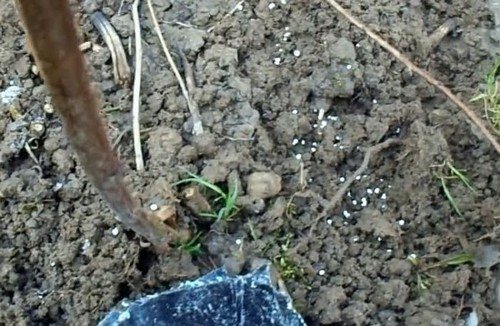
You can also fertilize in two stages. At the first stage, a mixture of 50 grams of superphosphate, 50 grams of potassium sulfate and 500 ml of wood ash is added to each bush. This fertilizer is applied into grooves about 7 cm deep. The second stage of fertilizing can be done before the frost itself. To do this, use ordinary manure, which is used to cover the soil around the bush with a layer of 5 cm. Such fertilizer will not only nourish the bush with useful substances, but will also provide protection from freezing. If you fertilize the bushes with manure too early, this can provoke unwanted shoot growth. Also, when using chicken manure, it is worth remembering that this substance can burn the rhizomes.For safe use, it is laid out at a distance of 30 cm from the bush.
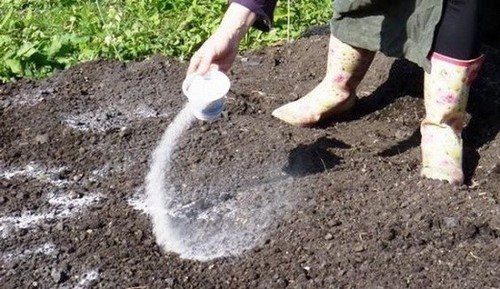
Feeding is a very important stage, which ensures active growth and high yield. But, if the crop grows on loose and fertile soil, then excessive fertilizer can inhibit the plant and reduce immunity.
Trimming
Usually, shoots that bear fruit, as well as those that are too young and green, are pruned, since they will not have time to ripen before the onset of frost. But experienced gardeners leave not only the most powerful shoots, shortened by a quarter, but also 20% of the insurance fund and the same number of young shoots as they cut out the old ones. This technique makes it possible to survive harsh winters and emergency situations. Excess stems can always be removed in the spring, and a reserve on the eve of winter will not hurt.
In order to properly remove a fruit-bearing shoot, it is cut out right next to the soil, and sometimes the soil is dug up and the stem is removed completely.
The distance between rows must be at least 60 cm.
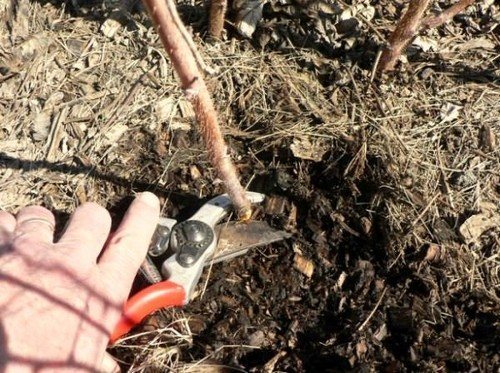
Watering raspberries in autumn
Raspberries are a crop that can actively produce shoots and grow until autumn. In order for the plant to safely survive low temperatures in winter and produce a bountiful harvest, each shoot must ripen or become lignified. For this reason, you should water the plant very carefully, especially in early autumn.
You should not allow the soil under the bushes to dry out completely, and if August and September are very dry, you should pour out 10 liters of water per square meter twice a month.A few weeks before the onset of autumn frosts, abundant watering is carried out so that the root system can function normally during the winter. In cases where it rains, watering should be stopped completely.
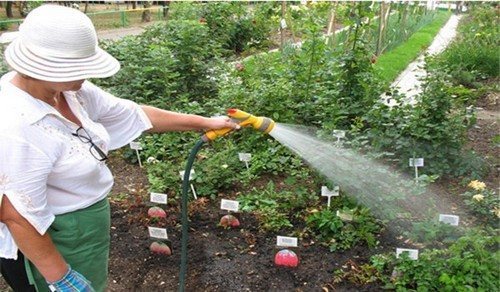
Protecting raspberry bushes from pests and diseases
Before the start of winter, all raspberry bushes are pruned, leaves and dry fruits are removed. If all the plants are healthy, then this material can be used to make compost. But in most cases, all this is burned off-site.
All raspberry bushes are treated with Bordeaux mixture. This should be done in dry and windless weather.
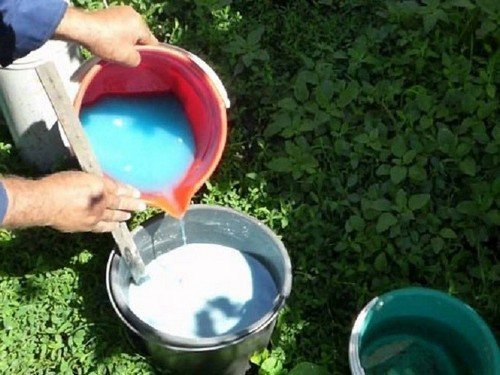
Mulching
After the bushes have been watered for the last time, a layer of mulch is laid on the surface of the soil. For these purposes, you can use spruce forest, peat, straw, fallen leaves, and sawdust. It is very important to create an alkaline rather than an acidic environment.
The mulch layer should not exceed 6 cm, otherwise an environment favorable for various pathogenic bacteria will arise, and various infections may occur. Fresh sawdust should not be used for mulching.
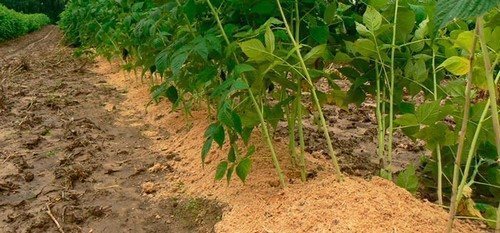

Shelter for the winter
In order to protect young stems from freezing, they should be tied together in bunches and bent to the ground. To secure the shoots in this position, you can use staples or wire. The optimal height is about 30 cm.
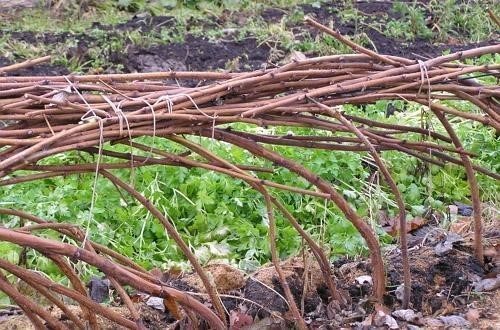
In regions where winters are not only harsh, but also dry, it is worth covering the raspberry bushes with hay or straw, and also installing partitions that prevent snow from blowing out. For this purpose, you can use sheets of plywood.Sometimes raspberries are also covered with non-woven material.
In some regions, they practice digging in young shoots. For this purpose, they prepare depressions and lay the above-ground part of young shoots. After that, the trenches are filled with soil. This method gives good results, but in February-March, the stems must be removed from under the soil, since the plant can suffocate without access to oxygen.
You can also loosen the soil for the winter. It is worth remembering that the roots are very close to the surface, and do not dig deeper than 10 cm.

Raspberries are an unpretentious plant that will delight even the most inexperienced amateur with a harvest. But, in order for the bushes not to die in the winter and give an abundant harvest, it is worth taking care of the plants in advance.



